- Home
- About
- Hospitals
-
Treatments
- Orthopedic & Spine
- Knee Replacement
- Carpal Tunnel Release
- Rotator Cuff Repair
- Meniscus Repair / Meniscectomy
- Total Hip Replacement (THR)
- Total Shoulder Replacement
- Arthroscopy
- Ligament Reconstruction
- Spinal Fusion
- Discectomy
- Laminectomy
- Spinal Decompression
- Vertebroplasty and Kyphoplasty
- Fracture Repair
- ACL Reconstruction
- Tendon Repair
- Osteotomy
- Amputation
- Pediatric and Adult Cardiac
- Neuroscience
- Oncology
- Nephrology & KTP
- Gastroenterology & Hepatobiliary
- Obstetrics and Gynaecology
- Infertility
- Dental & Maxillofacial
- Plastic & Cosmetic Surgery
- Rhinoplasty
- Blepharoplasty (Eyelid Surgery)
- Facelift (Rhytidectomy)
- Breast Augmentation (Mammoplasty)
- Breast Reduction (Mammoplasty)
- Breast Lift (Mastopexy)
- Liposuction
- Abdominoplasty (Tummy Tuck)
- Brazilian Butt Lift (BBL)
- Lip Augmentation
- Breast Reconstruction
- Cleft Lip and Palate Repair
- Scar Revision
- Burn Reconstruction
- Botox Injection
- Ophthalmology
- Otolaryngology (ENT)
- Endocrinology
- General and Minimal Invasive Surgery
- Pulmonology
- Rheumatology
- Urology
- General Medicine
- Ayurvedic Treatment
- Orthopedic & Spine
- Doctors
- Contact Us
Total Hip Replacement (THR)
Total
Hip Replacement,
also known as Total Hip Arthroplasty, is a surgical procedure in which a
damaged or diseased hip joint is replaced with an artificial joint, called a
prosthesis. This procedure is typically performed to relieve pain and improve
function in individuals with severe hip joint damage from conditions such as
osteoarthritis, rheumatoid arthritis, traumatic arthritis, or avascular
necrosis.
Here is a general overview of the total hip replacement procedure:
Preparation: Before the surgery, the patient
undergoes a thorough examination, including medical history, physical
examination, and imaging studies (X-rays, MRI) to assess the extent of hip
joint damage. The surgeon will discuss the procedure, potential risks, and
benefits with the patient.
Anesthesia: Total hip replacement is performed
under general anesthesia or spinal anesthesia, which numbs the lower part of
the body.
Incision: The surgeon makes an incision,
usually along the side or back of the hip, to access the hip joint.
Hip
Joint Exposure:
The muscles and other tissues around the hip joint are carefully moved to
expose the joint.
Removal
of Damaged Bone and Cartilage:
The damaged or diseased parts of the hip joint, including the femoral head (the
ball at the top of the femur) and the acetabulum (the socket in the pelvis),
are removed.
Implant
Placement: The
artificial joint components, consisting of a metal or ceramic ball that
replaces the femoral head and a metal or plastic socket that replaces the
acetabulum, are securely implanted into the hip.
Closure: The surgeon closes the incision, and
the wound is typically sutured or stapled.
Recovery
and Rehabilitation:
After surgery, patients undergo a period of recovery and rehabilitation, which
includes physical therapy to regain strength and mobility. Weight-bearing on
the new joint is gradually increased under the guidance of healthcare
professionals.
Total hip replacement is a highly successful and common procedure that can significantly improve the quality of life for individuals with severe hip joint problems. However, as with any surgery, there are risks and potential complications, and the decision to undergo total hip replacement should be made in consultation with a healthcare professional based on the individual's specific circumstances and health status.
.png)


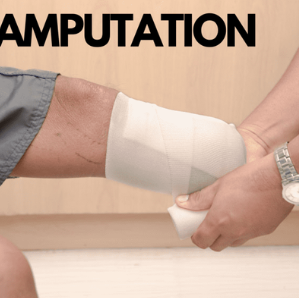
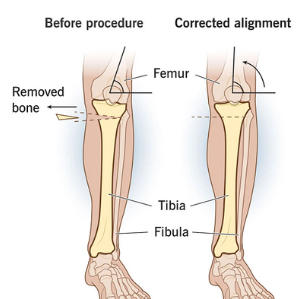



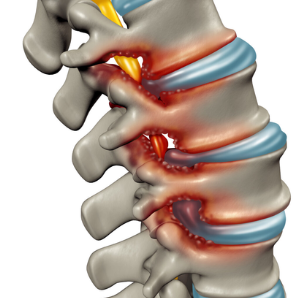
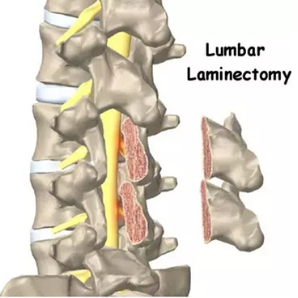

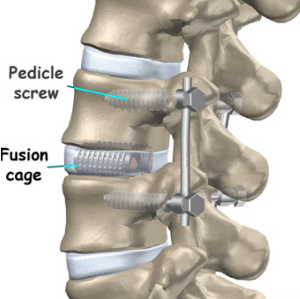
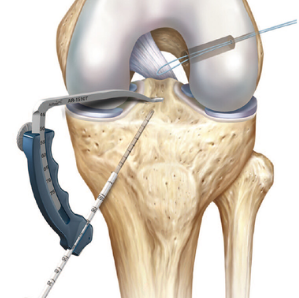
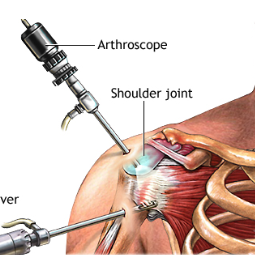
.png)